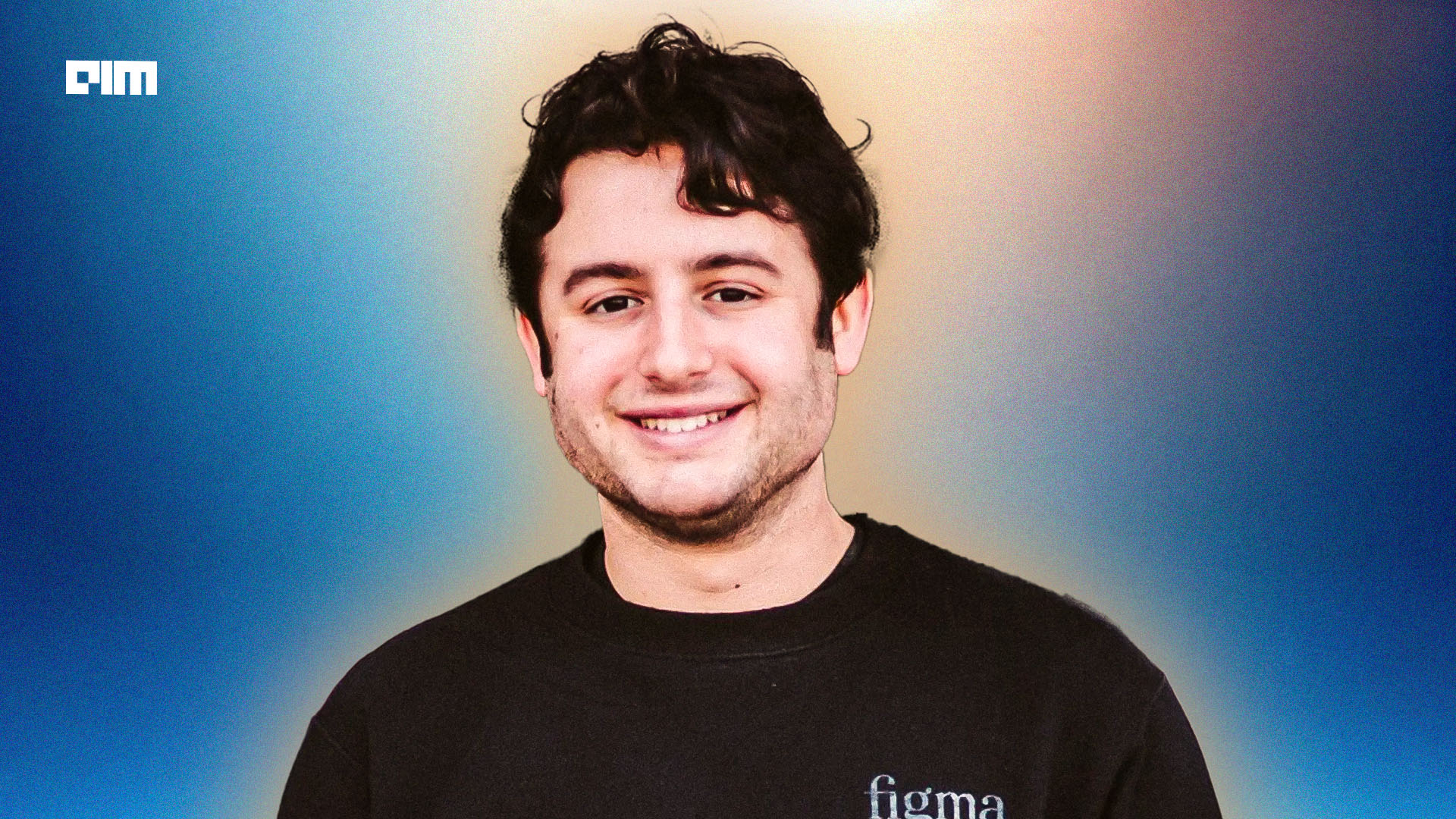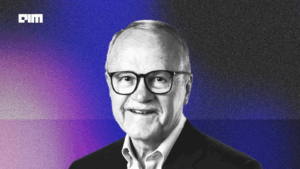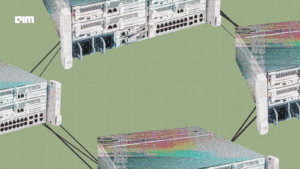Yesterday, the New York Stock Exchange opened its trading session to Figma Inc and declared, “Design is going public today,”. Twenty years ago, design was often viewed as surface-level polish. A decade ago, it was described as “how it works.” In 2025, it was said by Field that design is now how companies win or lose. And today “Design is everyone’s business.” The San Francisco-based company had just pulled off one of the most remarkable IPO debuts in recent memory. Shares opened at $85, more than two and a half times its $33 offering price, and closed at $115.50. With a fully diluted valuation north of $65 billion, the market gave a clear verdict: staying independent was the right move.
Three years ago, Figma was preparing to sell itself to Adobe for $20 billion. That deal collapsed in December 2023 under antitrust pressure from regulators in the EU, UK, and U.S. At the time, it looked like a missed opportunity. But the market debut on Thursday suggested otherwise. “We’ve been focused on this path for years,” Field said in a Bloomberg TV interview. “Honestly, the Adobe situation feels like a long time ago now.”
The $1.2 billion IPO ranks as the largest U.S. tech listing by amount raised since 2021 and the biggest first-day pop for a billion-dollar-plus deal in more than three decades, according to Bloomberg. Figma’s shares were 40 times oversubscribed, with over half the institutional orders receiving no allocation at all. The demand mirrored the recent debut of Circle Internet Group, which saw a 168% jump on day one. But Figma’s 250% surge was in a league of its own.
Profitability, Demand, and an Unused War Chest
Figma reported $228 million in revenue for Q1 2025, up 46% year over year, and net income of $44.9 million, more than triple the prior year. Its 92% gross margin puts it well ahead of most enterprise software peers.
Yet the IPO wasn’t designed to inject new capital. “Due to Figma’s existing cash balance — thanks to past fundraising rounds we didn’t really use, cash we generated, and the Adobe breakup fee — we already had quite a lot of capital,” Field said. Much of the offering consisted of secondary shares, with investors like Index Ventures, Greylock, and Kleiner Perkins selling down their holdings. The Marin Community Foundation also sold 13.4 million shares donated by cofounder Evan Wallace just weeks prior to listing, netting $440 million on paper.
Field was candid about the motivations. “It’s more of a synthetic primary transaction,” he said. “We’re essentially exiting with the same cash balance we entered with.” The IPO, he emphasized, was about brand, not liquidity. “This is a time where we can create tremendous value for our community, our customers, and I think the public market is the right place to do it.”
The Collapse of the Adobe Deal And What Came After
Adobe’s $20 billion offer in 2022 was meant to be a crowning moment. Instead, it triggered shareholder backlash and regulatory scrutiny. “To this day,” said Index Ventures’ Danny Rimer, “Adobe does not compete with Figma.” The European Commission and U.K. ‘s CMA didn’t agree. Adobe ultimately walked, paying a $1 billion breakup fee.
In the aftermath, Figma slashed its internal valuation to $10 billion and conducted a tender offer at $12.5 billion. That left many employees holding stock worth far less than they expected. But instead of pausing, Field said, the company doubled down. “It would have been so easy to go, ‘OK, good time to pause and rest our feet a little bit,’” he told Bloomberg. “Instead we just kept running.”
By July 2025, Figma was seeking a valuation of $16 billion still below the Adobe offer. But enthusiasm quickly outpaced expectations. The IPO price range was raised from $25–$28 to $30–$32, then priced at $33. The closing price of $115.50 effectively tripled the original deal value Adobe had offered.
Expanding the Surface Area of Design
Much of the investor appetite stems from Figma’s expanding role in modern product development. It’s no longer a tool just for designers. “More than two-thirds of our users now are nondesigners,” Field said. That includes product managers, marketers, and software engineers. The launch of Dev Mode in 2023, and more recently, Dev Mode MCP, has been central to that transition. The feature integrates design-to-code workflows and AI-assisted development. “It lets you translate code snippets and pull them in via MCP, an extension of our Dev Mode functionality,” Field said.
Figma also launched Figma Make earlier this year, a generative AI product that allows users to turn prompts into working prototypes. “Already, you can not only create via prompting, but also copy and paste elements from your Figma design canvas directly into Figma Make,” Field explained. “There are times when editing via prompt makes sense, and there are also times when you want more direct manipulation.”
Field described this duality as core to the company’s AI strategy, a balance between assistive automation and craft. “We think both modes are important and must work well together. That’s something we’re uniquely positioned to enable.”
The current phase of AI development was characterized as being comparable to the “MS-DOS era,” where significant potential exists but usability and access remain early-stage. The role of Figma was framed as expanding the “surface area” of creation by helping more users explore what’s possible without removing the role of intentional design.
The foundational limitations of today’s AI models were also acknowledged. While tools like diffusion models and LLMs have advanced rapidly in language, code, and math, they remain ill-suited to capture taste, intentionality, or point of view. Design was described as “non-deterministic,” and not easily benchmarked using standard AI evaluation techniques.
According to Field, differentiation through craft is seen as a long-term requirement, not a temporary holdover. “There’s no benchmark for taste,” he said. “Even if model output quality improves, it only makes design more important.”
Building a Platform And Not a Tool
Field’s ambition extends beyond design tooling. He referenced Microsoft’s early platform model where third-party value exceeded the value of the core product as a parallel for Figma’s role in the ecosystem. Agencies have been built around Figma, with clients ranging from startups to Netflix and Uber.
One of the defining moments came with the launch of FigJam, a separate product inspired by users whiteboarding inside Figma. “A one-day design sprint generated 30 ideas — four or five of which shipped,” Field said. “Cursor chat came out of that day.”
The same mindset is shaping how Figma thinks about organization in the age of AI. “What I think a lot about now is clarity, top-down clarity and bottom-up clarity,” Field said. “Creating mechanisms for fast cycle times. That’s what enables teams to adapt in this rapid-change environment.”
A Platform for M&A and a Warning to Adobe
With public currency and growing profitability, Field has made clear that M&A is now on the table. “It has to be an amazing team, an amazing asset, and has to be something where we think the team is culturally consistent,” he said. “That’s the minimum standard.”
So far, the company has made just two acquisitions, the largest being a $35.5 million deal for Payload. But Field emphasized that transformative deals are possible. “Any acquisition must be a core priority going forward. We’ll be prudent, of course… but I wanted to be upfront because scaled M&A often creates volatility and gets misinterpreted.”
Figma’s filings also mention more experimental financial moves. The company invested $55 million in a Bitcoin ETF and holds $30 million in the stablecoin USDC. It has even authorized blockchain-based stock issuance, though no specific plans are in place.
Adobe, for its part, has since discontinued XD, its direct competitor to Figma and shifted focus to adding AI to legacy products like Photoshop. Meanwhile, Figma is becoming a magnet for top design talent. “Despite how far GenAI has come, incredible designers are more in demand than ever,” Field said. “Good luck recruiting them. They have 50 offers. Infinite optionality.”
Investors and customers alike are buying into Field’s long-held belief that design is the core differentiator in modern software. “We’ve seen it play out, but now it’s even clearer ,the design craft and point of view is what sets companies apart,” he said.
As Field put it: “Every company is becoming a software company. The design talent wars are heating up. People are realizing they have to get ahead.”
Figma may have missed the $20 billion Adobe payday. But the market has spoken and it believes the company can build something far bigger on its own.










